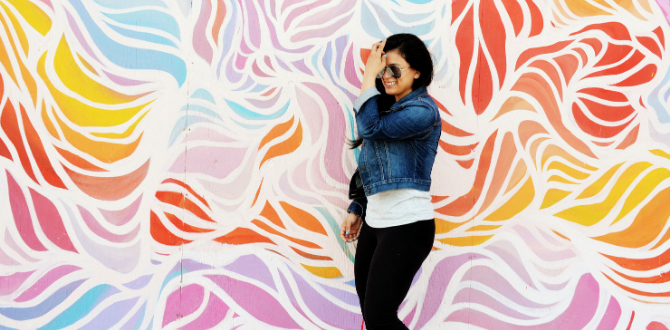One thing all conservatives, liberals, and people in-between can all agree on is that protecting and preserving our environment is important. While legislation is crucial to this, there are also other things we as individuals can do as well. For someone like me who loves to shop and buy clothes, I’ve found some ways over the years to shop more consciously and sustainably.
Shop Secondhand
I used to believe in the typical stereotype of shopping secondhand; that the clothes are dingy, dirty, and just not good. But over time after shopping places such as Goodwill, Plato’s Closet, and other thrift stores, I’ve been able to find good pieces and name-brand items that are unique and very low-cost. Another tip is to go to these stores for items you may only need for special occasions. I used to go to Goodwill each year to get outfits for my homecoming spirit week dress up days! I also love shopping at these places for furniture and books.
Resale and Shop Online
There are so many popular apps nowadays such as Poshmark, eBay, ThredUp, Depop, Mercari, Offerup, and my personal favorite, Curtsy, to sell my clothes for other people to love. This is not only good for the environment but a good way to find specific items and the potential to make money as well. There are also so many online Facebook groups to resell and buy specific items or brands such as Lily Pulitzer, Lululemon, and more.
Reduce Shopping Fast Fashion
Unfortunately, many of our favorite brands are able to offer such good prices because they profit off cheap labor in countries with no worker protection laws. By doing so, these companies are ultimately increasing pollution and filling landfills. The proof is in the pudding: The fashion industry is the second largest consumer industry of water, requiring about 700 gallons to produce one cotton shirt and 2,000 gallons of water to produce a pair of jeans. Some major examples of these types of brands are Shein/Romwe, Forever 21, and H&M. This article from Zerrin explains more of the fast fashion crisis. I’m not saying you need to eliminate shopping from these places entirely but being aware of their practices and shopping alternatively if possible. It also helps to contact your favorite brands and express your concern for the use of sustainable and ethical practices.
Establish Your Closet with the Basics
You might be asking, what does this mean? What I mean by establishing with the basics is building your closet with high quality items you tend to wear the most: pants, sweaters, basic t-shirts, blazers, etc. By keeping a few “basic” items at a high quality that you take good care of reduces the need to keep rebuying it (quality over quantity!). You can then add on to your wardrobe from there.
Buy Items You Know You’ll Wear
If you see a super cute statement piece at the store, ask yourself: Do I see myself wearing this at least 30 times? If you answered no, it probably won’t be worth the buy. It’s common though where people give into buying “trendy” items but then never wear them again (the velour tracksuits from the early 2000’s were cool though nonetheless). At least with this method you know you won’t have a closet full of clothes you do not wear.
Ivey Y
CABINET










